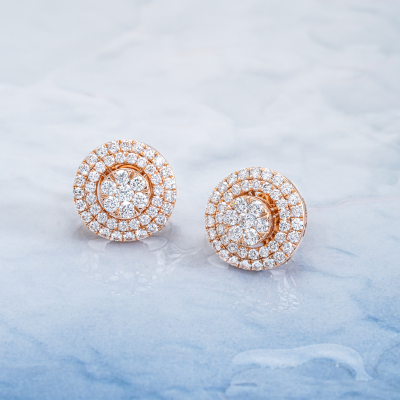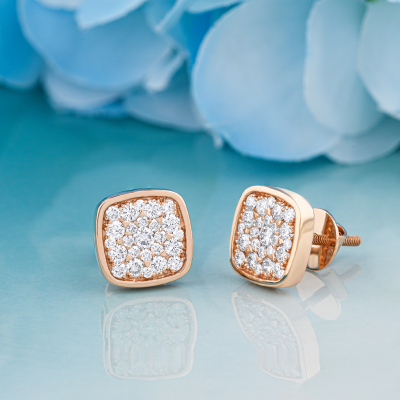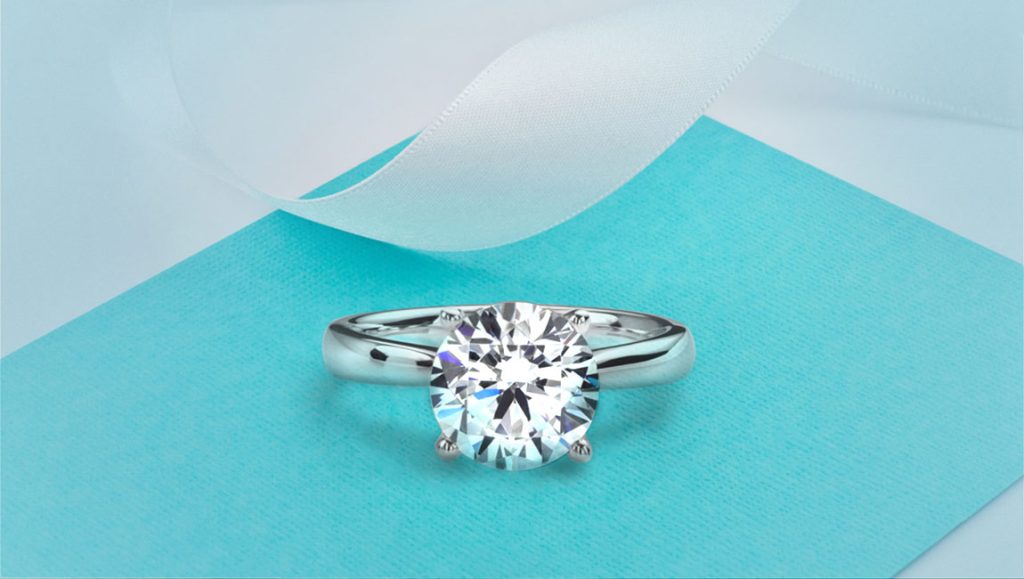What Do You Understand by Mohs scale Of Hardness?
The Mohs Scale measures how resistant minerals are to scratching by ten standard reference minerals of varying hardness. You can also do the Mohs Hardness Test to calculate the Mohs Scale of hardness. If mineral b can scratch mineral A, then the latter is the softer of the two. It is possible to place a stone on the Mohs Scale by working through all the reference minerals.
As per the Mohs Scale of hardness, gemstones can be placed accordingly:
- Talc
- Gypsym
- Calcite
- Fluorite
- Apatite
- Feldspar
- Quartz
- Topaz
- Rubies and Sapphires
- Diamond
Development of Mohs Scale Of Hardness
Developed by Friedrich Mohs in 1812, the Scale was adopted in the 1820s by the wider mineralogy community. Using the hardness of ten minerals( Talc, Gypsum, Calcite, Fluorite, Apatite, Feldspar, Quartz, Topaz, Rubies and Sapphires, and Diamond), Mohs established a reference against which all others could be measured. MOHS hardness picks are used in jewelry and other professions to test harder metals more accurately.
Also do not forget to check out 5 ways to check the measure of diamond quality to get a more fair return on your investment.
A Guide to Gemstones of Varying Hardness
Let us talk in detail about different gemstones that have different hardness levels on the Mohs Scale.
1. TALC
Found in colors such as grey, white, brown, and light to dark green, it is known as the softest mineral. One can easily crush it into a fine form. Talc is used in manufacturing rubber, roofing, cosmetics, paper, plastics, ceramics, paint, and other products.
2. GYPSUM
It is found in red, brown, grey, and sometimes in shades of yellow. One can easily cut gypsum with a knife or scratch it with a fingernail. It is used in the production process of plaster of Paris, Portland, crayons, paints, filler in paper, cement, fertilizer, and plaster.
3. CALCITE
Calcite is found in hues such as purple, blue, black, brown, green, yellow, red, shades of grey, and colorless white. One of the most important components of chalk, limestone, and marble, one can easily scratch it with a fingernail. Quarried limestone, it is used to make cement, building blocks, fertilizers, and ornate stone.
4. FLUORITE
It is available in black, red, pink, blue, purple, green, yellow, and colorless colors. It is also quite easily scratchable by nail. It is used in the chemical industry and as a flux in the smelting of iron. Fluorite is used in manufacturing plastics, enamel, toothpaste, optical equipment, refrigerator, and pottery.
5. APATITE
Apatite is found in bluish, reddish, white, brown, grey-green, and green. One can easily scratch it with a steel knife. It can be cut as a gemstone, but since it has poor durability, it is too soft to gain importance across the globe as a gemstone.
6. ORTHOCLASE
It is available in colors such as blue, grey, brown, orange, pink, red, yellow, off-white, and smoky black. It is not so overly durable and can be easily scratched by a knife. However, other feldspar varieties, such as sunstone, moonstone, and labradorite are durable. It is mostly used in the industrial industry, such as in the production of plumbing, pottery, glass, and tiles.
7. QUARTZ – Rock Crystal, Rose Quartz, Amethyst, and others
They are found in hues such as white, grey, black, yellow to amber, colorless, purple, amber, pink, and reddish brown. Only quartz can scratch quartz. It occurs in many metamorphic and igneous rocks and is formed in many different ways. It is used in abrasive, hydraulic fracturing proppant, foundry sand, and glass making. You can also check out how to use rose quartz? Benefits of rose quartz if you want to know more about this topic.
8. TOPAZ
Topaz gemstone is available in hues such as pink, greenish, pale yellow, colorless, and pale blue. Also, it is possible to scratch another topaz with another topaz. Sold in an array of colors, it is the most widely known gemstone. As one of the hardest minerals, topaz is usually colorless to milky in appearance.
9. RUBIES and SAPPHIRES
They are available in hues such as red, brownish-red, purple, green, pink, yellow, blue, and pinkish-orange. Rubies and sapphires can cut every other gemstone except a diamond. Only a diamond is more durable and harder than these two gemstones.
10. DIAMOND
A Diamond is the hardest known substance on this Earth with a Mohs hardness equal to 10. A high temperature and pressure in Earth’s upper mantle compacts and bonds its atoms resulting in its pure hardness. Widely cut into a round shape, diamonds have perfect crystal forms and symmetry with high dispersion of luster and brilliance, nurturing their brilliance.






















